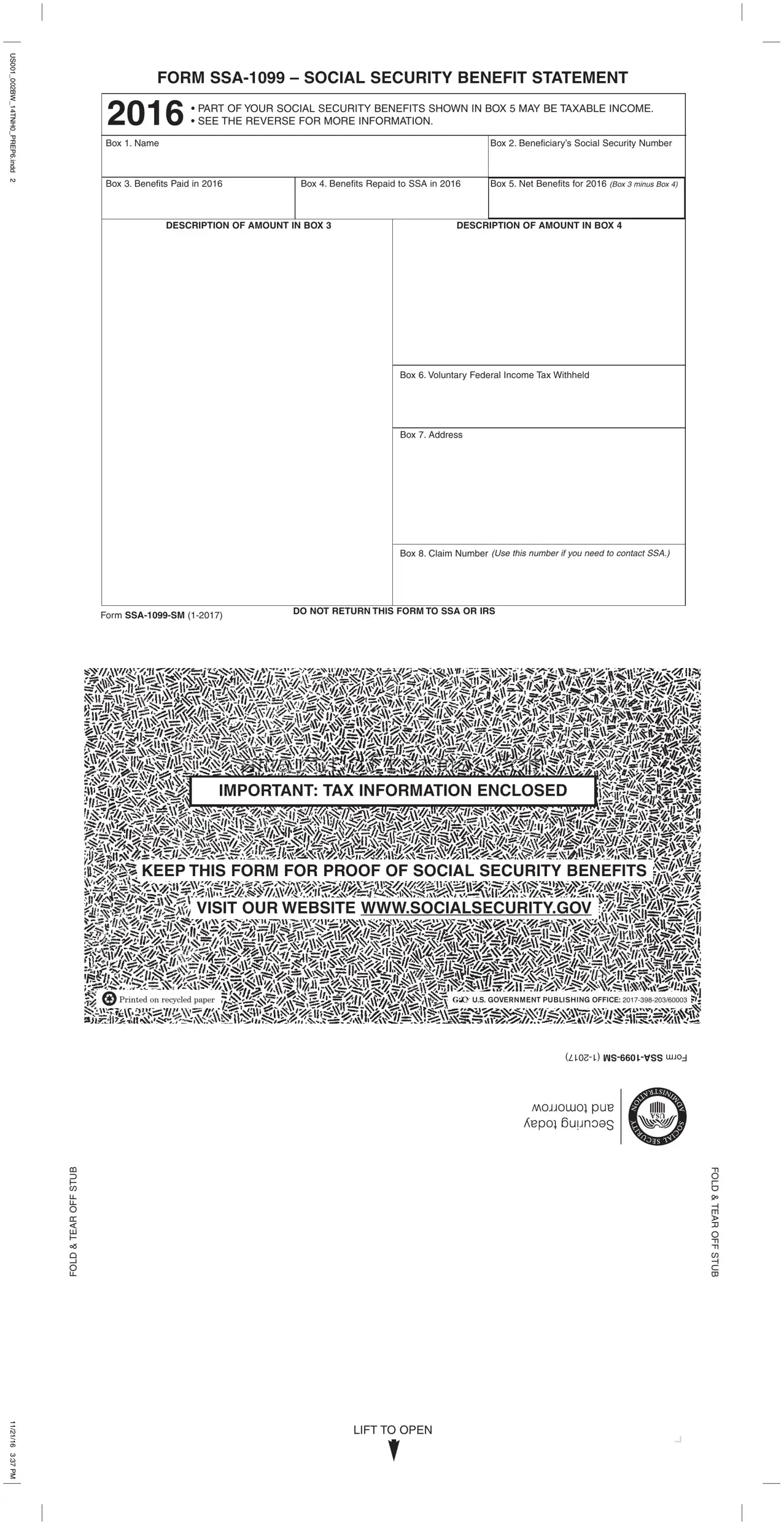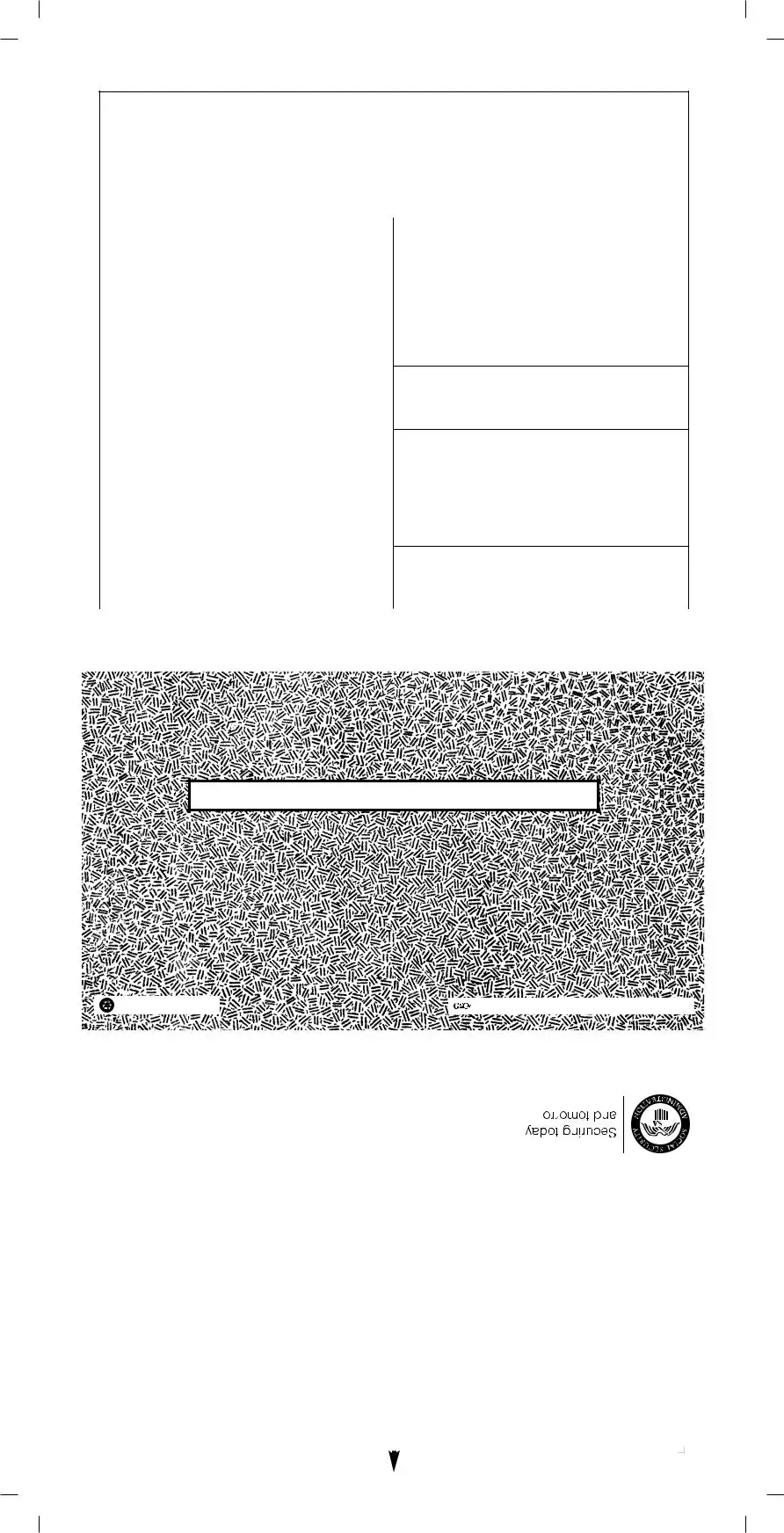Every year, millions of Americans who receive Social Security benefits are issued a Form SSA-1099, known formally as the Social Security Benefit Statement. This crucial document serves multiple purposes, primarily detailing the benefits paid and any benefits repaid to the Social Security Administration (SSA) during the tax year, effectively providing recipients with a clear snapshot of their net benefits. The form includes specific sections for the recipient's name, Social Security number, the total benefits paid in the year (Box 3), the amount of any benefits repaid to SSA (Box 4), and the resultant net benefits for the year (Box 3 minus Box 4). Additionally, it mentions any voluntary federal income tax withheld from these benefits (Box 6), as well as the beneficiary's address and a claim number, which is vital for any communication with the SSA. With the information provided on the SSA-1099, recipients can determine if a portion of their benefits may be considered taxable income, indicating the form's significant role not just in tax preparation but also in personal financial planning. Understanding and accurately reporting the figures on the SSA-1099 form is essential, as it influences one's tax obligations and ensures compliance with federal tax laws, underlining the form's blend of administrative function and impact on individual fiscal health.



 US001_002BW_14TNH0_PREP6.indd 2
US001_002BW_14TNH0_PREP6.indd 2 n
n